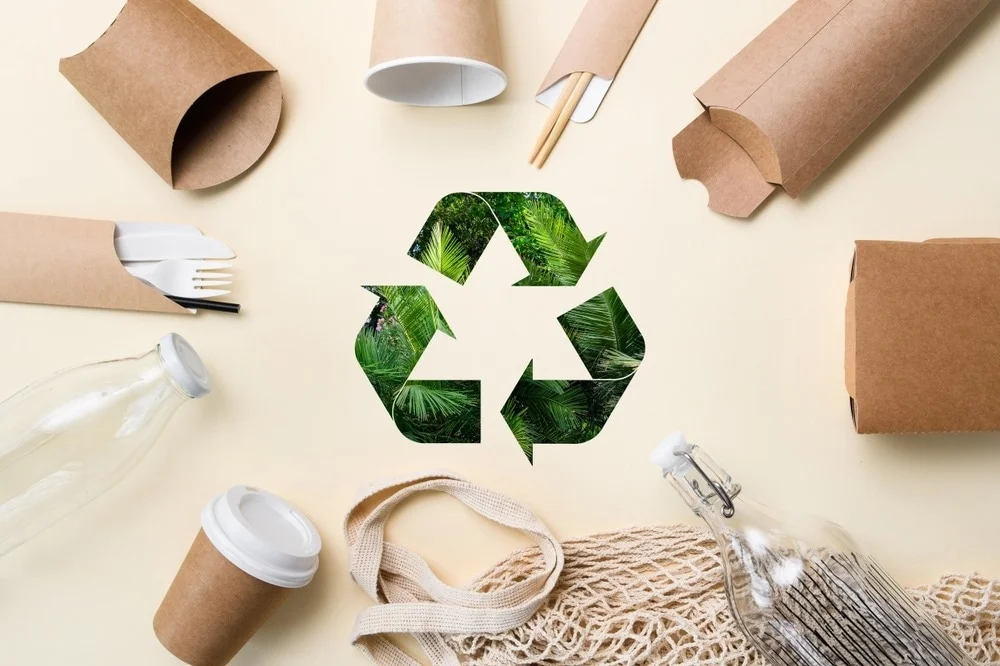The packaging industry stands at a critical crossroads. With global plastic waste reaching alarming levels and consumer consciousness shifting toward environmental responsibility, businesses worldwide are seeking innovative alternatives that don’t compromise on functionality or cost-effectiveness.
The Urgent Need for Change
Traditional plastic packaging has dominated the market for decades due to its durability and versatility. However, the environmental cost has become increasingly apparent. Ocean pollution, landfill overflow, and carbon emissions from plastic production have created an urgent demand for sustainable solutions.
Today’s consumers actively seek brands that demonstrate environmental stewardship. Research indicates that 73% of global consumers would change their consumption habits to reduce environmental impact, making sustainable packaging not just an ethical choice but a business necessity.
Innovative Materials Leading the Revolution
Compostable Films and Barriers
Modern eco-friendly packaging utilizes advanced materials that maintain product freshness while breaking down naturally. These innovative films provide excellent barrier properties against moisture and oxygen, ensuring product integrity throughout the supply chain.
Plant-Based Polymers
Derived from renewable resources like corn starch and sugarcane, these materials offer similar functionality to traditional plastics while being completely biodegradable. They represent a significant breakthrough in maintaining packaging performance while reducing environmental impact.
Industry Applications and Success Stories
The food industry has emerged as a leader in adopting sustainable packaging solutions. From coffee pouches to snack packaging, flexible compostoable packaging companies are developing materials that preserve freshness while enabling complete composting after use.
Fashion and e-commerce sectors are also embracing these innovations. Clothing mailers and shipping envelopes made from compostable materials provide the durability needed for transportation while eliminating long-term waste concerns.
Frequently Asked Questions
Q: Are eco-friendly packaging materials more expensive than traditional plastics? A: While initial costs may be higher, economies of scale and reduced waste management expenses often balance the investment. Many businesses also benefit from enhanced brand reputation and customer loyalty.
Q: How long does compostable packaging take to break down? A: Most compostable packaging materials decompose within 12-24 weeks in industrial composting facilities, compared to hundreds of years for traditional plastics.
Q: Can sustainable packaging maintain product freshness as effectively as plastic? A: Yes, modern bio-based materials provide excellent barrier properties, often matching or exceeding traditional plastic performance in preserving product quality.
Q: What certifications should businesses look for in sustainable packaging? A: Look for certifications like ASTM D6400, EN 13432, or BPI certification, which ensure materials meet strict compostability standards.
Q: Is sustainable packaging suitable for all product types? A: While most applications can be addressed with eco-friendly alternatives, specialized products may require customized solutions developed in partnership with packaging innovators.
Economic Benefits of Sustainable Packaging
Beyond environmental advantages, eco-friendly packaging delivers measurable business benefits. Companies report reduced disposal costs, improved supply chain efficiency, and enhanced brand differentiation. The circular economy model enables businesses to minimize waste while maximizing resource utilization.
Market research demonstrates that sustainable packaging initiatives often lead to increased customer retention and premium pricing opportunities. Brands embracing environmental responsibility frequently experience enhanced consumer trust and loyalty, translating into long-term revenue growth.
Implementation Strategies for Businesses
Successful transition to sustainable packaging requires strategic planning and phased implementation. Companies should begin by conducting packaging audits to identify high-impact areas for improvement. Collaborating with suppliers and logistics partners ensures seamless integration throughout the supply chain.
Testing alternative materials on smaller product lines allows businesses to evaluate performance and customer response before full-scale deployment. This approach minimizes risk while providing valuable insights for optimization.
Regulatory Landscape and Compliance
Government regulations worldwide increasingly favor sustainable packaging solutions. The European Union’s Single-Use Plastics Directive and similar legislation in other regions create both challenges and opportunities for businesses. Proactive adoption of eco-friendly alternatives positions companies ahead of regulatory requirements.
Compliance with emerging sustainability standards becomes simpler when businesses partner with certified packaging providers who understand evolving regulations and maintain necessary certifications.
Building a Sustainable Future
The transition to sustainable packaging represents more than an environmental initiative—it’s a strategic business transformation. Companies investing in eco-friendly alternatives position themselves as industry leaders while meeting evolving consumer expectations.
Innovation in sustainable materials continues accelerating, with breakthrough technologies emerging regularly. From seaweed-based films to mushroom packaging, the possibilities for environmentally responsible solutions expand continuously.
As technology advances and production scales increase, sustainable packaging solutions become increasingly accessible and cost-effective, making environmental responsibility achievable for businesses of all sizes. The future belongs to companies that recognize sustainability not as a constraint, but as a catalyst for innovation and growth.



































